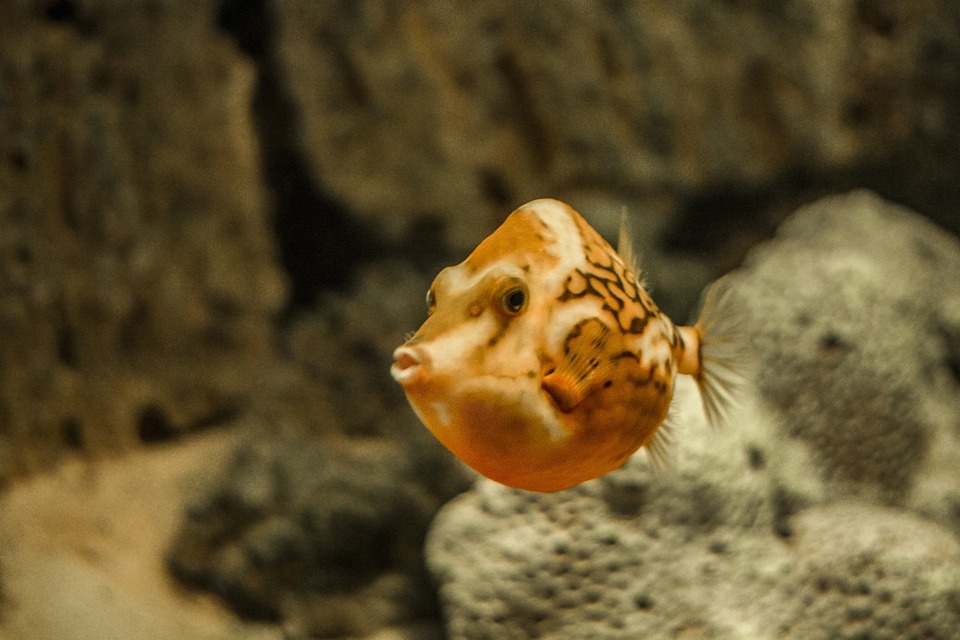By providing sufficient oxygen levels, tank aeration not only supports the overall health of fish but also has a significant impact on their behavior. Increased activity and exploration are observed in tanks with proper aeration. Fish are more likely to swim around, explore their surroundings, and engage in natural behaviors. This increased activity is not only beneficial for their physical health but also provides mental stimulation and prevents boredom.
Improved feeding behavior is another notable effect of tank aeration. Fish in well-aerated tanks are more active and responsive during feeding times. They exhibit a stronger appetite and are more likely to consume their food quickly. This is particularly important for species that require frequent feeding or have specific dietary needs.
Tank aeration also plays a role in reducing stress and aggression among fish. Insufficient oxygen levels can lead to stress, which can manifest in different ways, such as decreased appetite, lethargy, or increased aggression towards tankmates. Proper aeration reduces stress by providing a comfortable and oxygen-rich environment, minimizing the likelihood of aggressive behaviors.
Several factors influence the effectiveness of tank aeration. Tank size and shape are important considerations as they affect the distribution of oxygen throughout the tank. Aeration equipment, such as air stones or diffusers, should be strategically placed to ensure optimal oxygen diffusion. Water temperature and dissolved oxygen levels also impact aeration effectiveness. Warmer water holds less dissolved oxygen, so aeration may need to be increased during hot weather or in tanks with higher fish populations.
Now, let’s address some frequently asked questions about tank aeration and its impact on fish behavior.
Q1: How can I determine if my tank needs aeration?
A1: Signs that your tank may require aeration include fish gasping at the water surface, sluggish behavior, or algae growth. Measuring dissolved oxygen levels using test kits can also help determine the need for aeration.
Q2: How long should I run the aerator each day?
A2: The duration of aeration depends on factors such as tank size, fish population, and water temperature. Generally, running the aerator for 8-12 hours a day is recommended. However, observing the behavior and oxygen levels in your tank will help determine the ideal duration.
Q3: Can excessive aeration harm fish?
A3: While aeration is vital for fish health, excessive aeration can create turbulent water conditions, leading to stress or physical injuries. It is crucial to strike a balance and adjust aeration levels based on the needs of your fish species.
Q4: Should aeration be adjusted during nighttime?
A4: During nighttime, when photosynthesis stops, plants consume oxygen, and fish activity decreases, reducing aeration may be appropriate. However, it is important to maintain a minimum level of aeration to prevent oxygen depletion during this period.
In conclusion, understanding the impact of tank aeration on fish behavior is crucial for providing optimal conditions for their well-being. Aeration promotes increased activity, improved feeding behavior, and reduced stress and aggression among fish. Factors such as tank size, aeration equipment, and water conditions should be considered to ensure effective aeration. By maintaining adequate tank aeration, fish keepers can create a healthy and thriving fish community.









